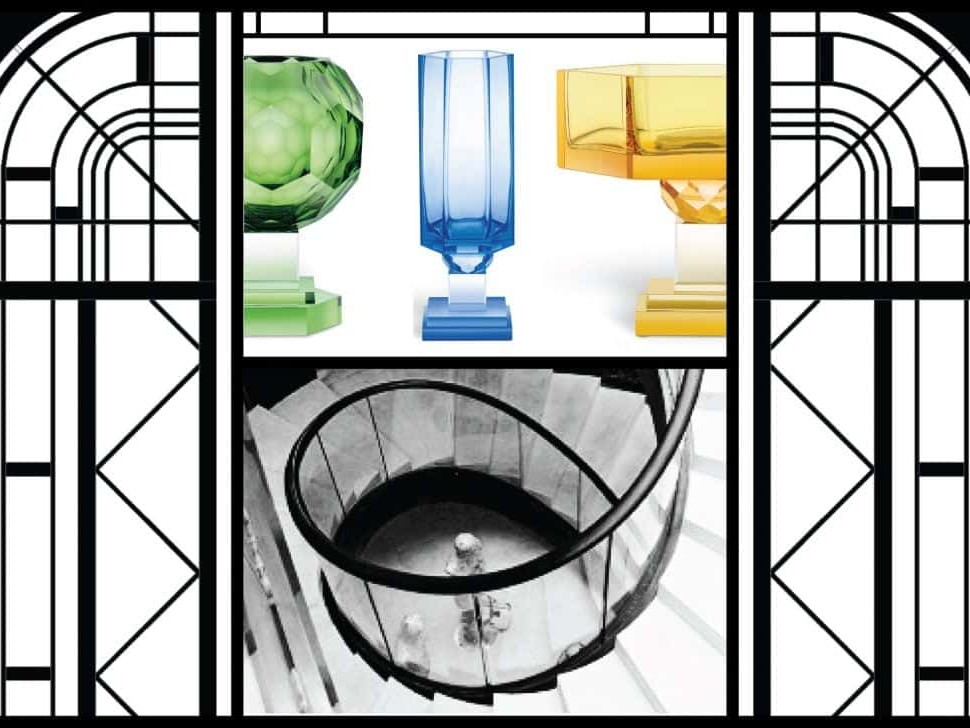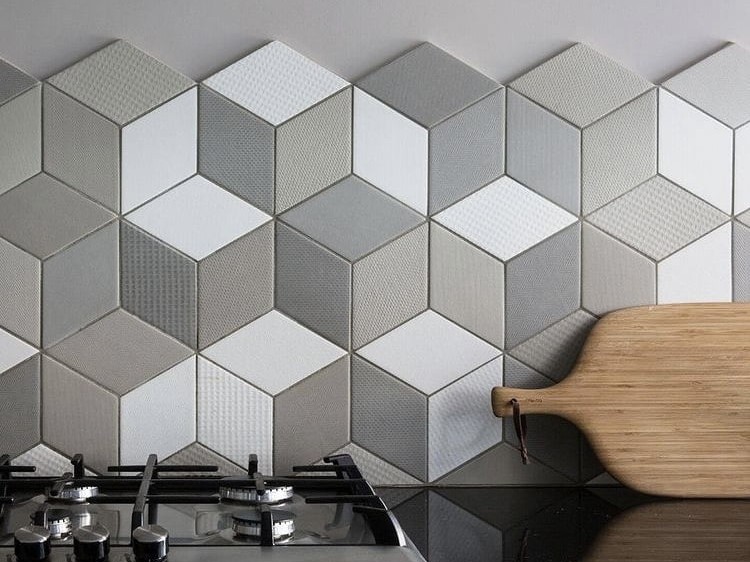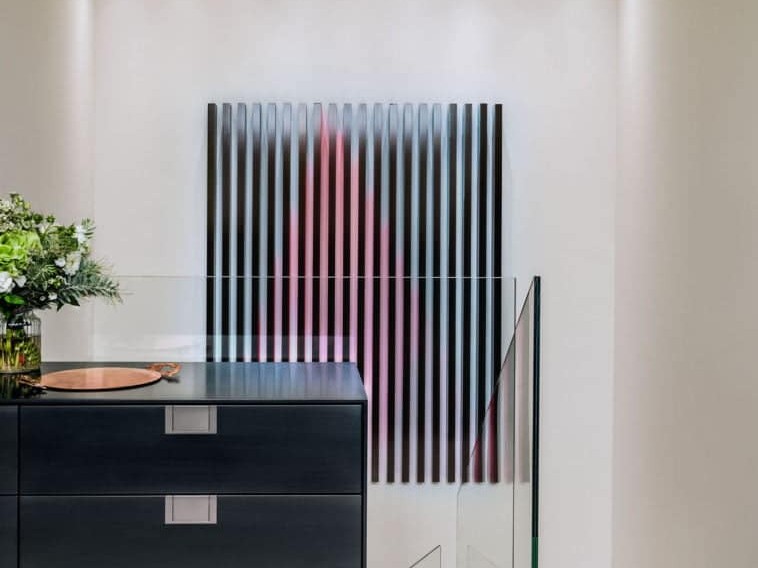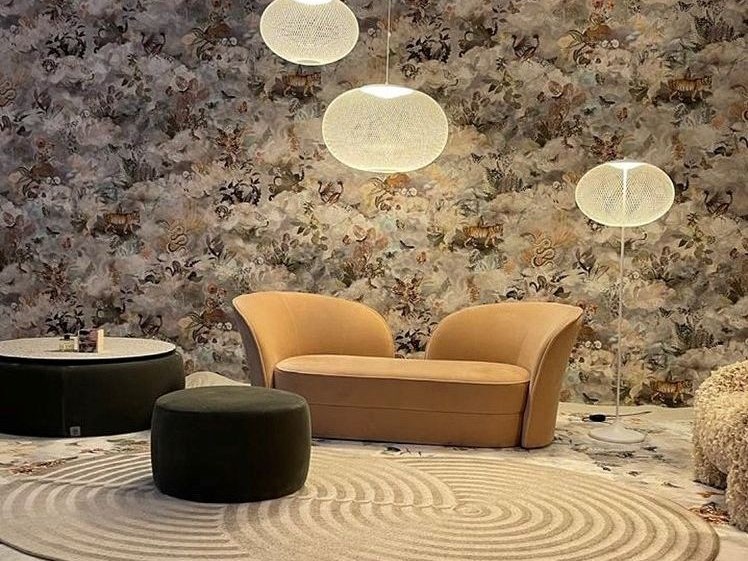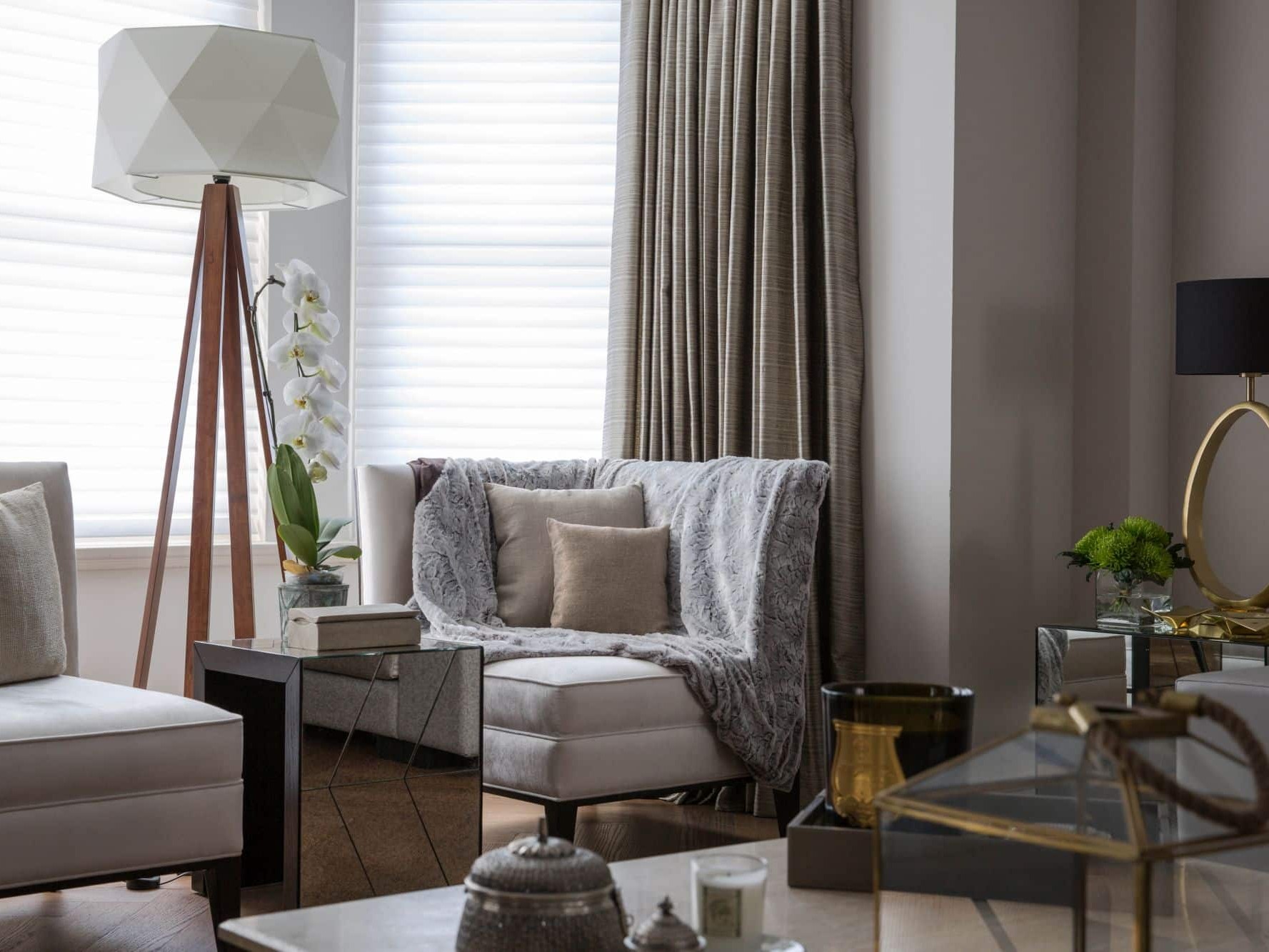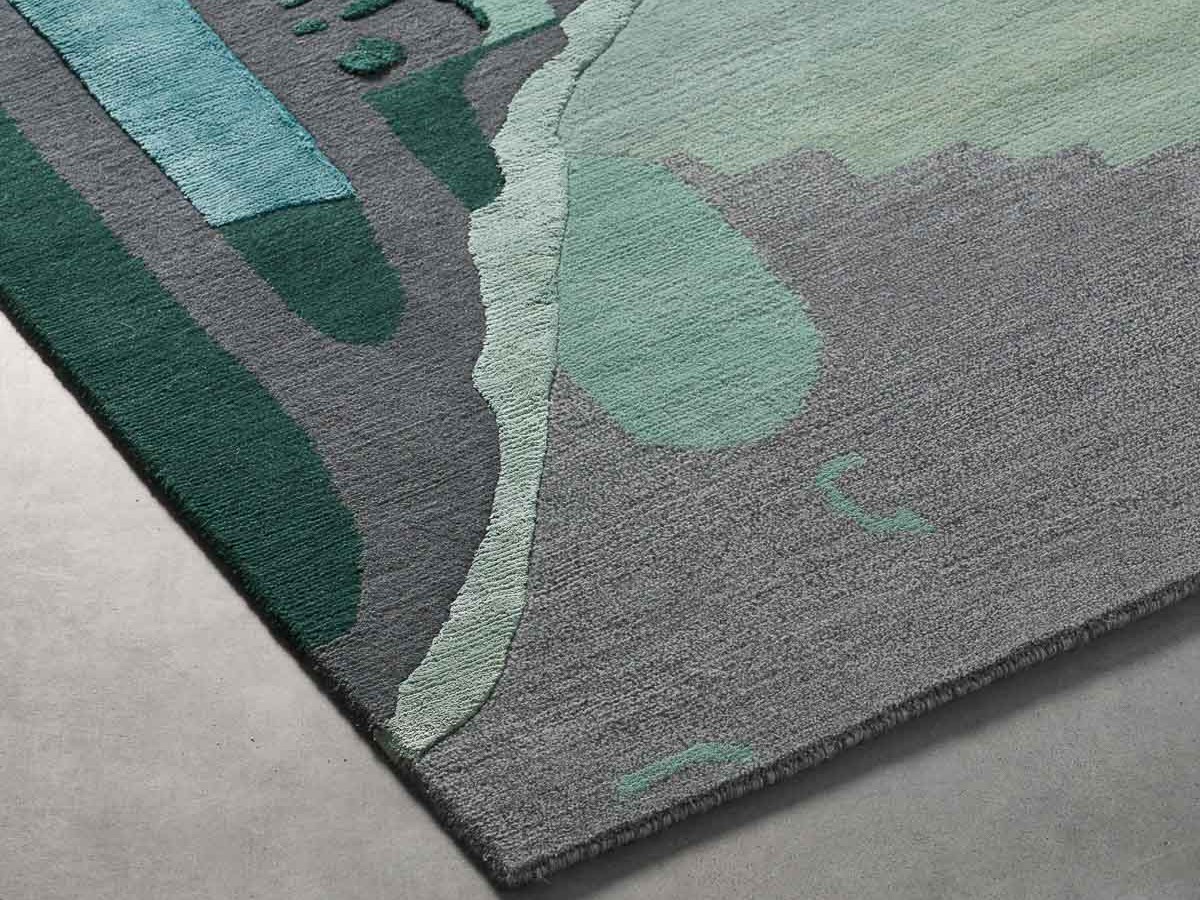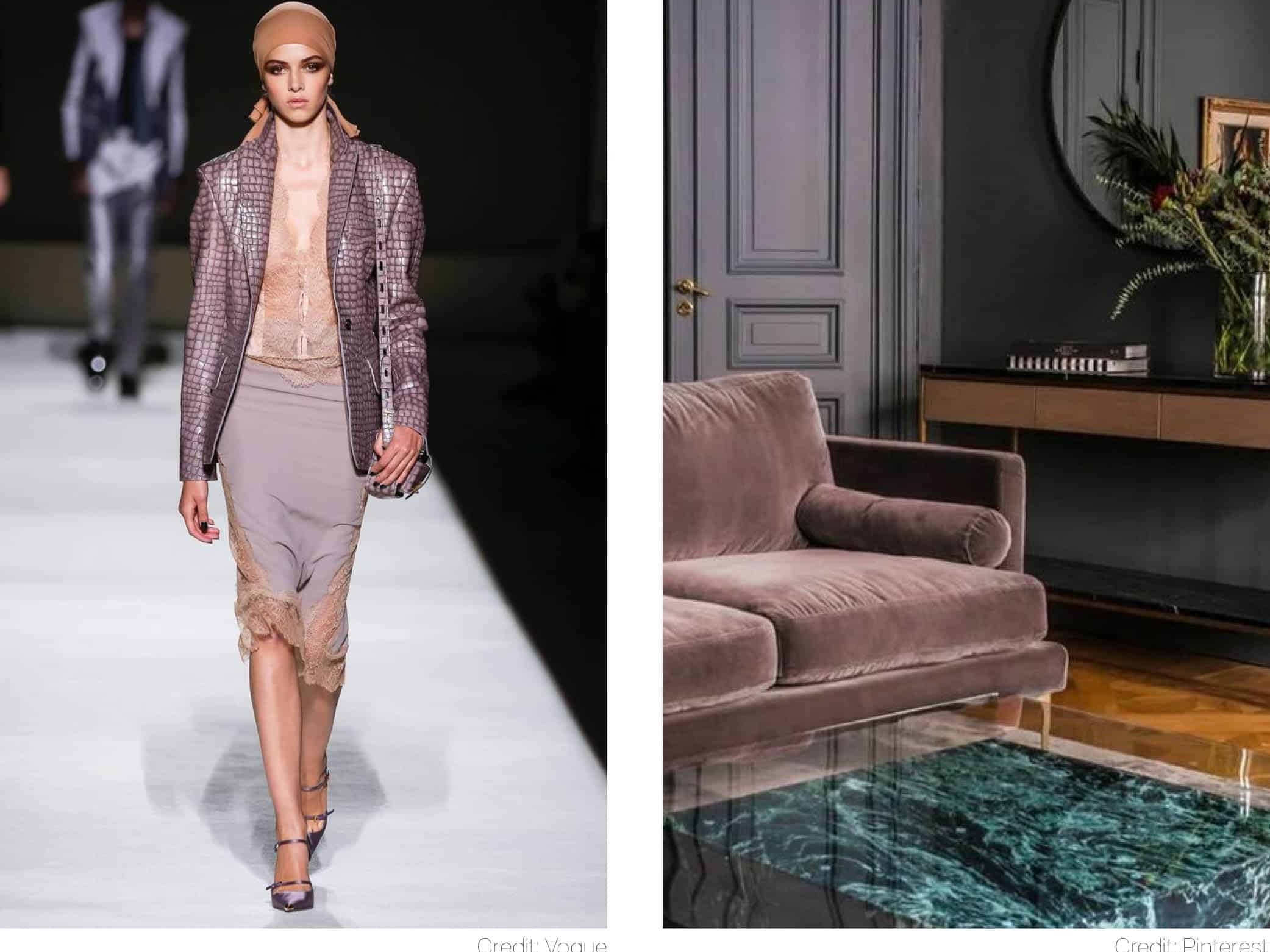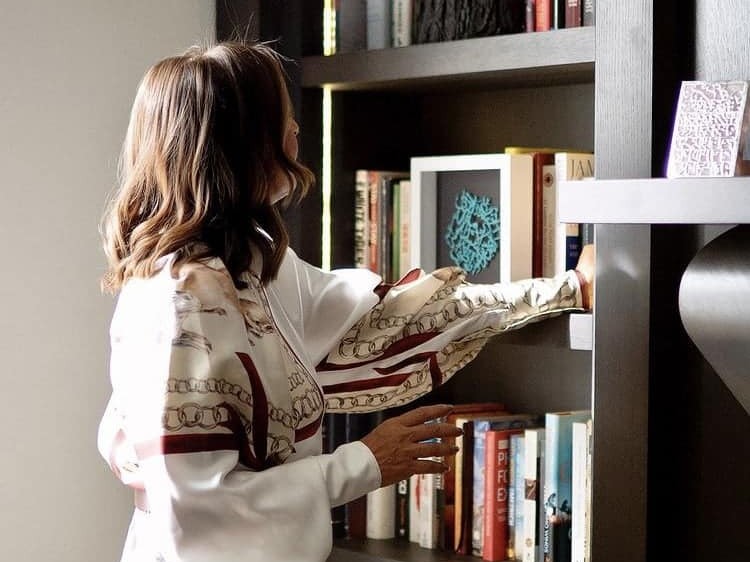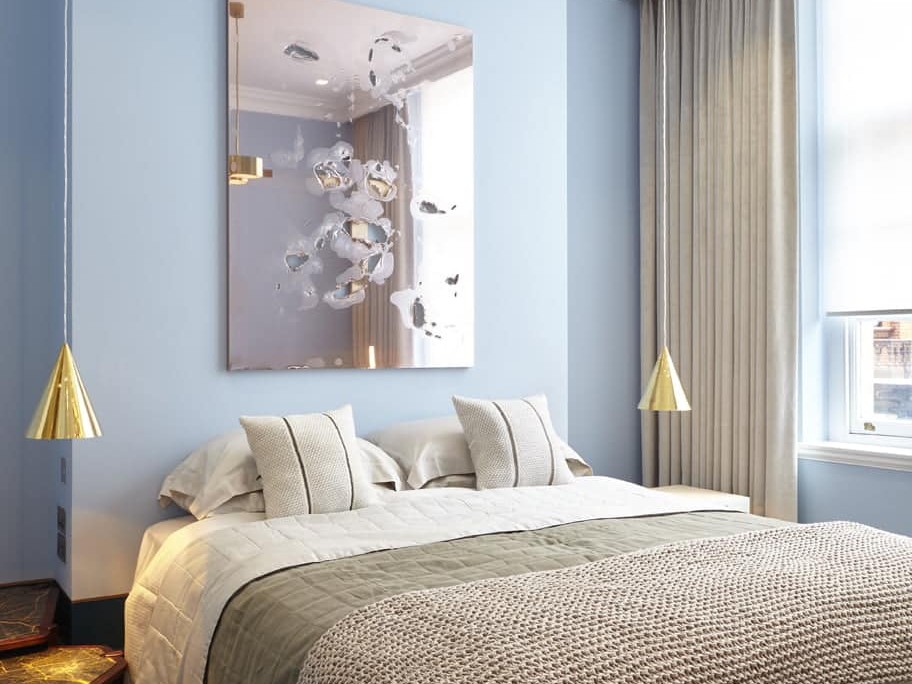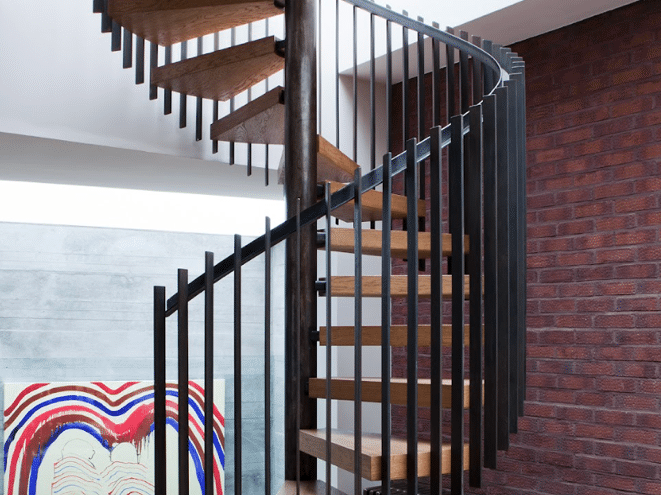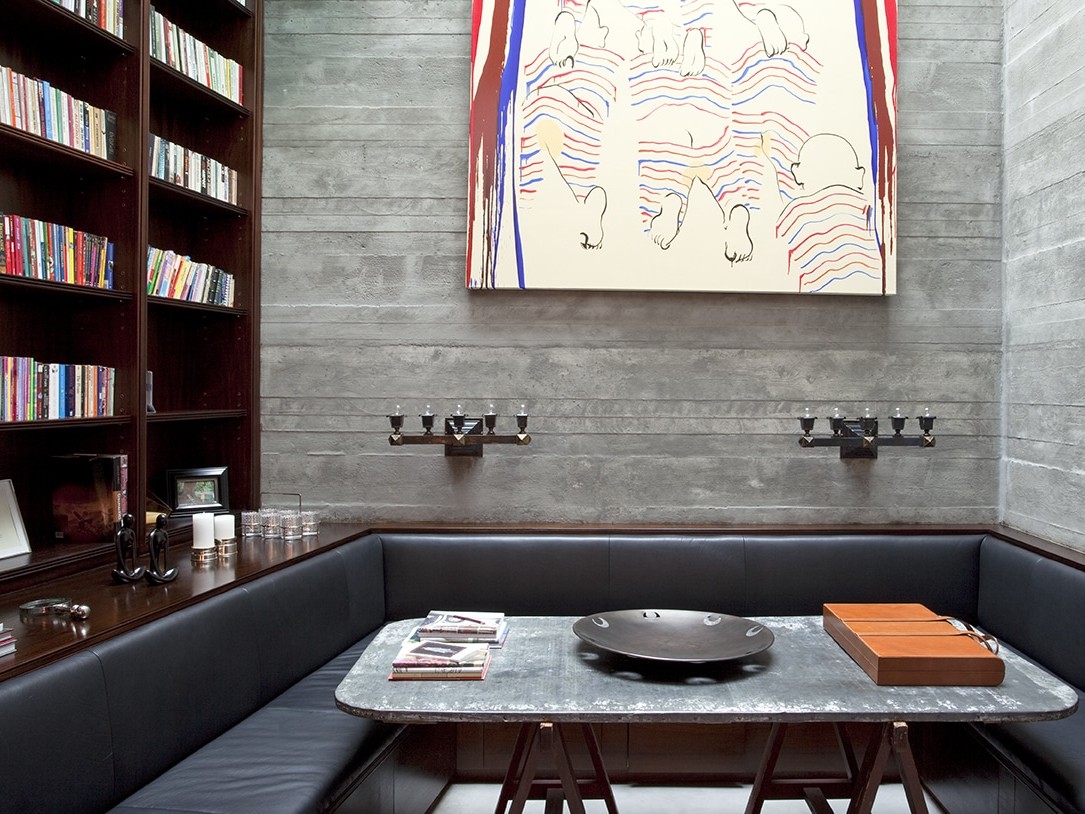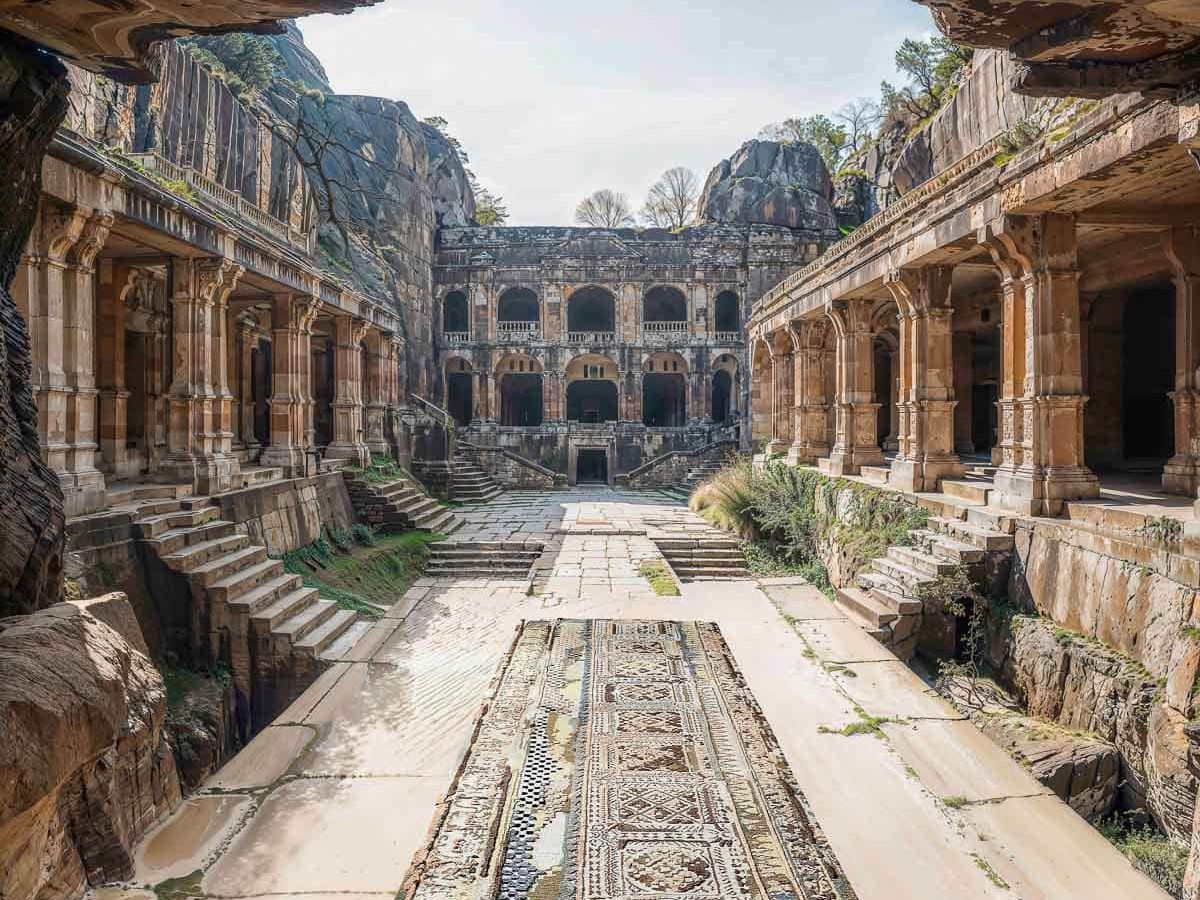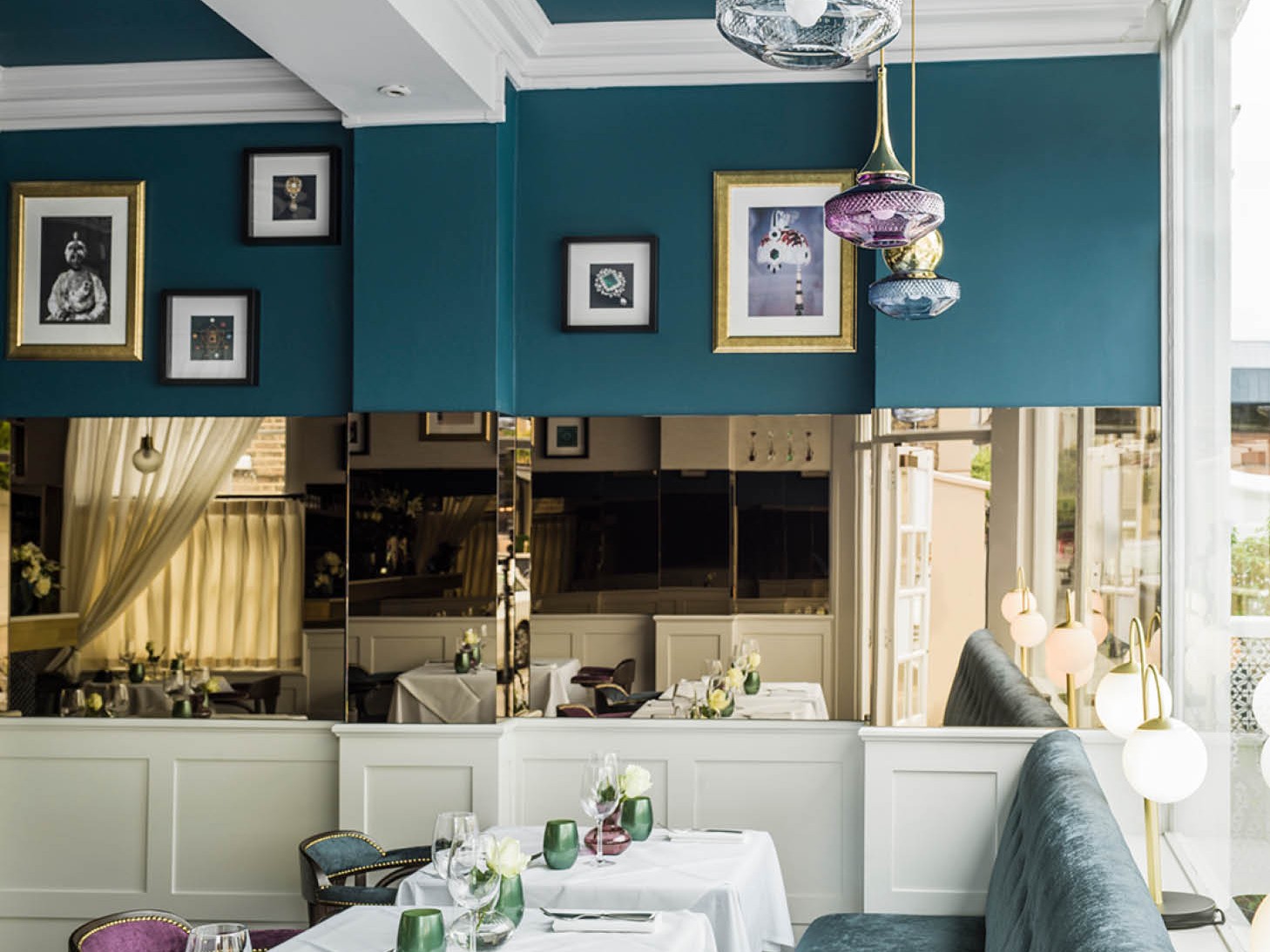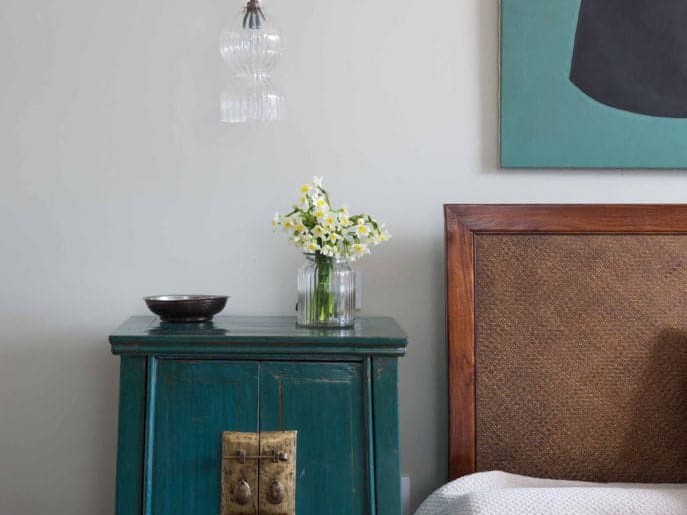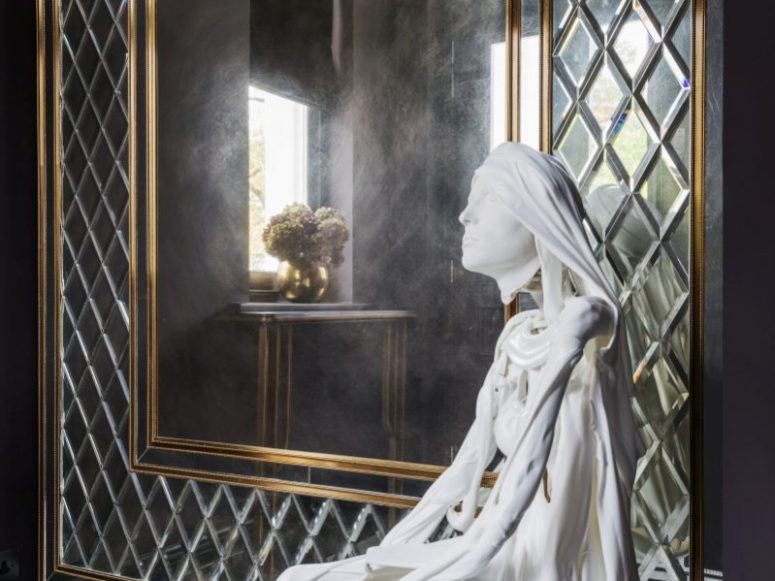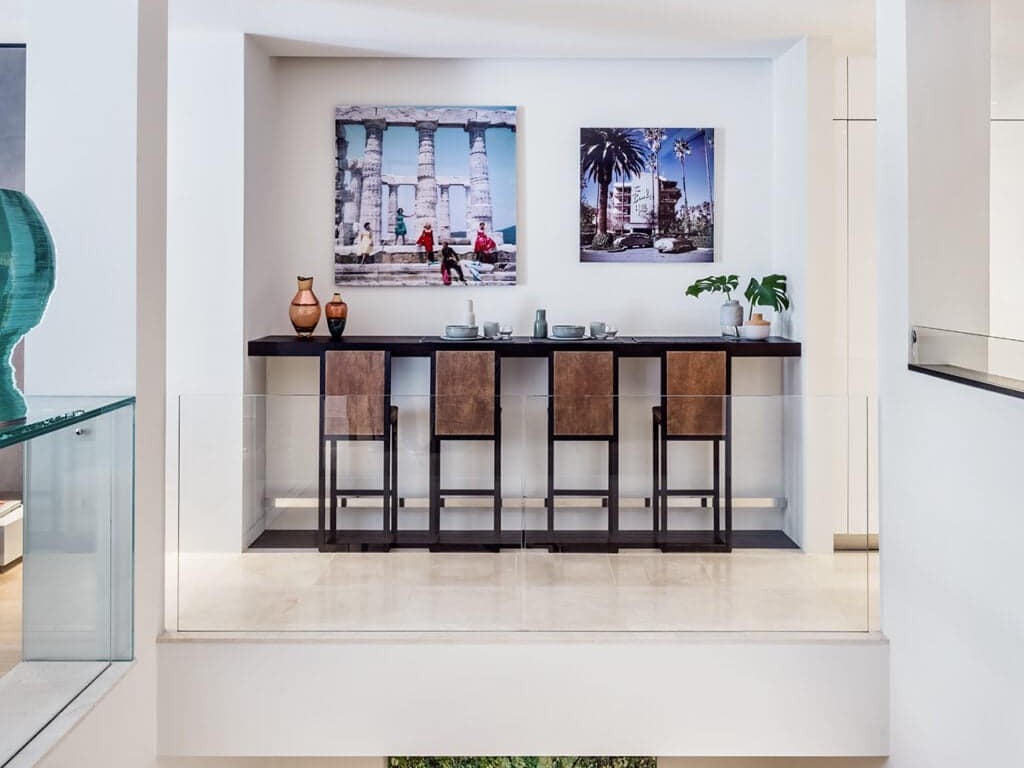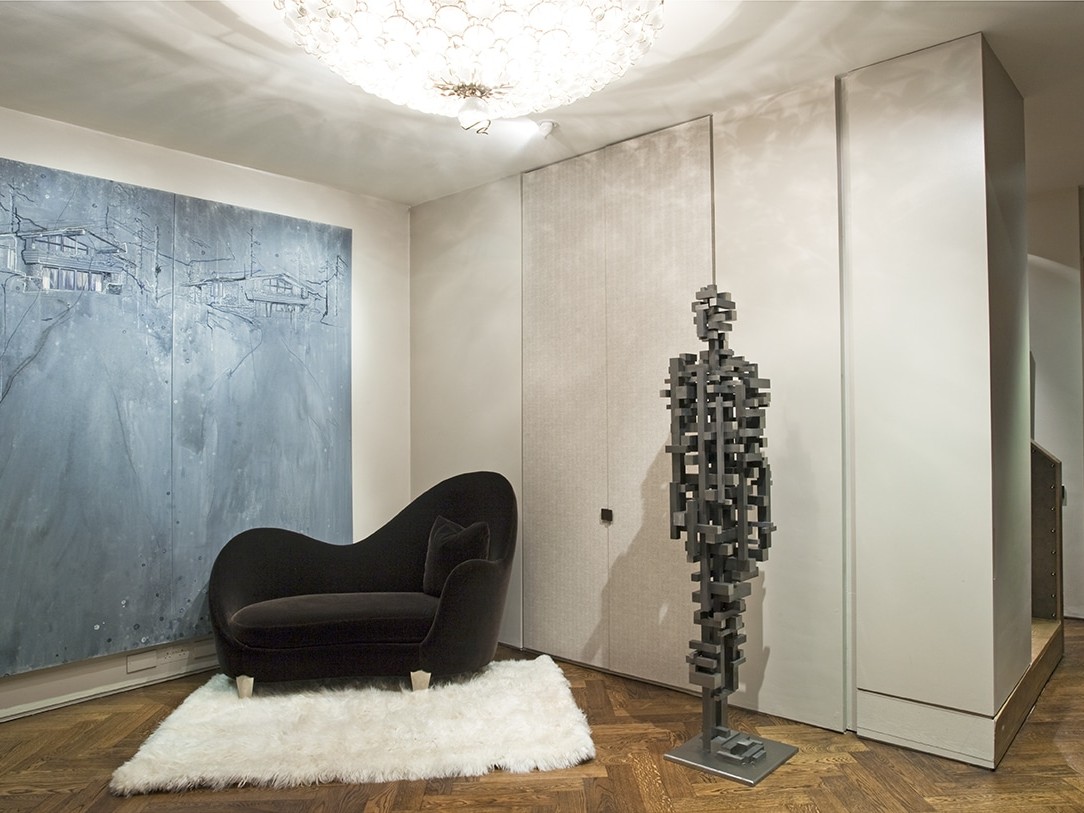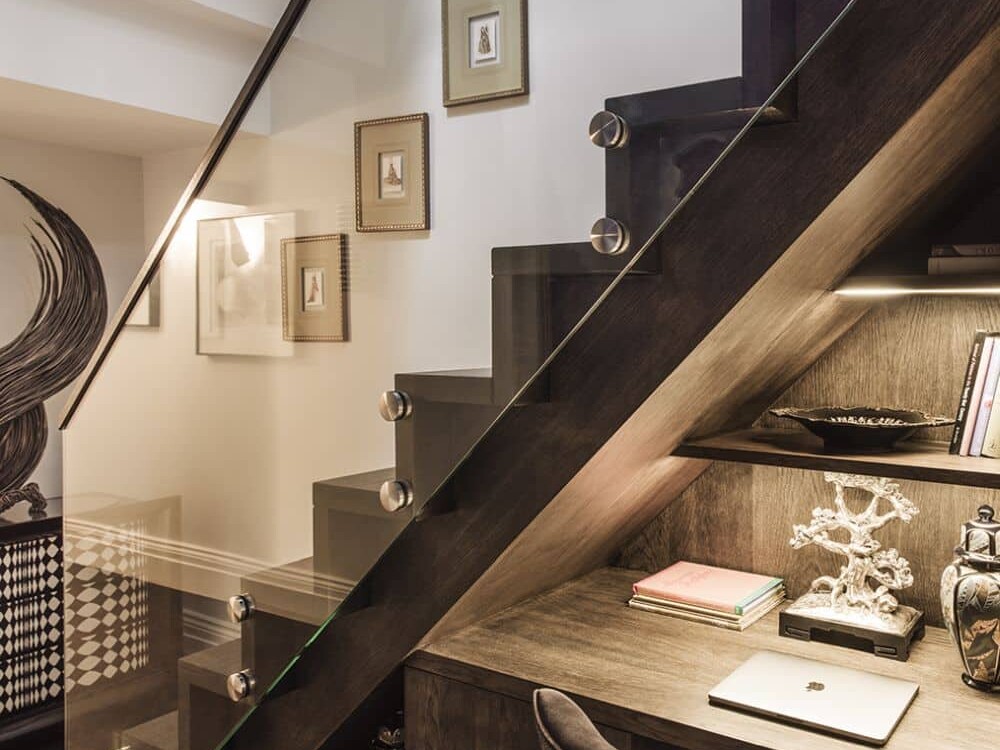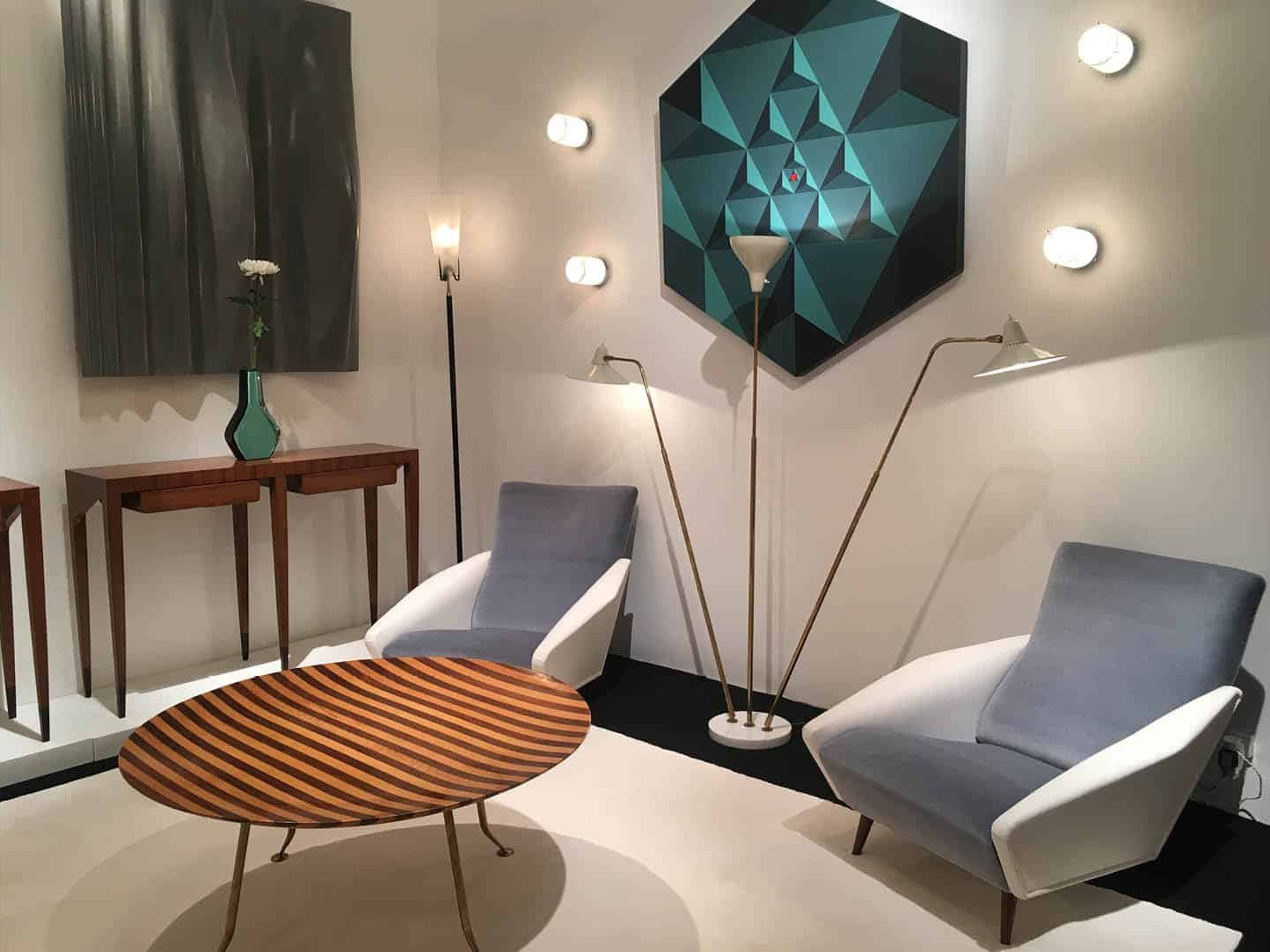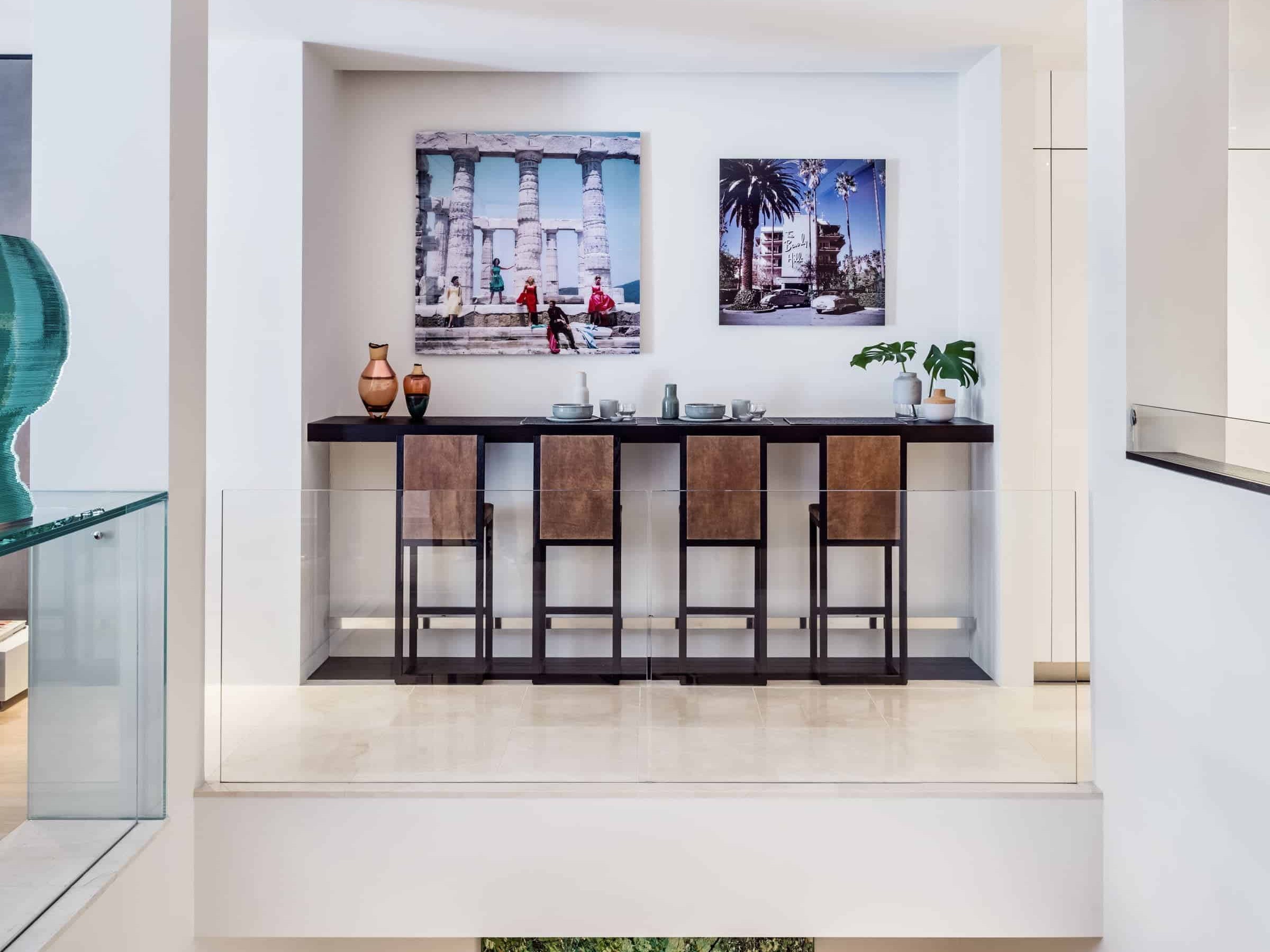Lighting can transform any environment, which is why it is such a critical component of interior design. Whether you’re renovating a property, upgrading a room, or planning an indoor-outdoor space for summer fun, the lighting you choose can increase the functionality of the space, optimise its health benefits and enhance the atmosphere.
When it comes to interior lighting, people typically focus on fixtures and fittings that can complement a room’s design. However, it’s important not to overlook the type of lights you’re using. Here, we take a closer look at LED lighting, what it is, what benefits it offers and how it can be used to enhance your interior design…
What Is LED Lighting?
Light emitting diodes, or LEDs, generate visible light via an electrical current passing through a microchip. As LEDs are small in size, they offer a range of design possibilities. You’ll find LED bulbs that mimic the appearance of traditional incandescent bulbs and halogen bulbs, for example, but you’ll also discover LED strip lights, lighting tubes and lighting bars. With so many options on offer, it’s easy to see why LEDs have become a popular feature in interior design, but these aren’t the only advantages associated with this type of lighting.
What are the Benefits of LED Lighting?
LED lights can be used in homes, offices, warehouses, hotels, nightclubs and virtually any environment you can think of. With endless applications and variations, you can create custom lighting solutions to enhance any space. If you’re still not convinced, take a look at some of the benefits associated with LED lighting:
Energy Efficiency
LED lights use around 80-90% less energy than traditional incandescent bulbs and substantially less than halogen or fluorescent bulbs. As homeowners and employers become increasingly concerned about the sustainability of their premises, switching to LED bulbs can reduce energy consumption and make your interior more environmentally friendly.
Increased Lifespan
When you use LED lighting, you’ll find yourself changing the bulbs around your home or office much less frequently. On average, LED bulbs last for around 50,000-100,000 hours, which is 40 times longer than standard incandescent bulbs and 2-4 times as long as halogen or fluorescent bulbs.
High Colour Rendering Index
The colour rendering index of a bulb refers to its ability to showcase colours accurately. After all, when you’ve carefully selected a colour palette for your interior, you’ll want to ensure that it looks as good as it should in all lighting. As LEDs have a higher colour rendering index than other types of bulbs, you can ensure that the colours around your home and office are displayed perfectly when you use LEDs to illuminate the space.
Directional Lighting
Incandescent, halogen and fluorescent bulbs emit 360-degree light, which can be frustrating if you want to use lighting to enhance a particular interior design feature. In contrast, LED lights emit 180-degree light, which gives you greater control over the illumination and deliver seamless directional lighting.
Greater Control
Although numerous types of lights can be dimmed, most older-style lights can only be dimmed at particular light intervals. With LED lights, however, you can use them at any power percentage. This effectively means that you’ll have greater control over the lighting and be able to create the perfect ambience for the space.
Correlated Colour Temperature
The correlated colour temperature (CCT) of LED lights allows you to choose bulbs that are cooler or warmer in tone. For active spaces, like offices or gyms, cooler, bright lights are often needed, whereas softer and warmer tones may be preferable in relaxing spaces, like living rooms and bedrooms. Measured in Kelvins, you can choose cold, cool, neutral, and warm LED lights to adorn your interiors.
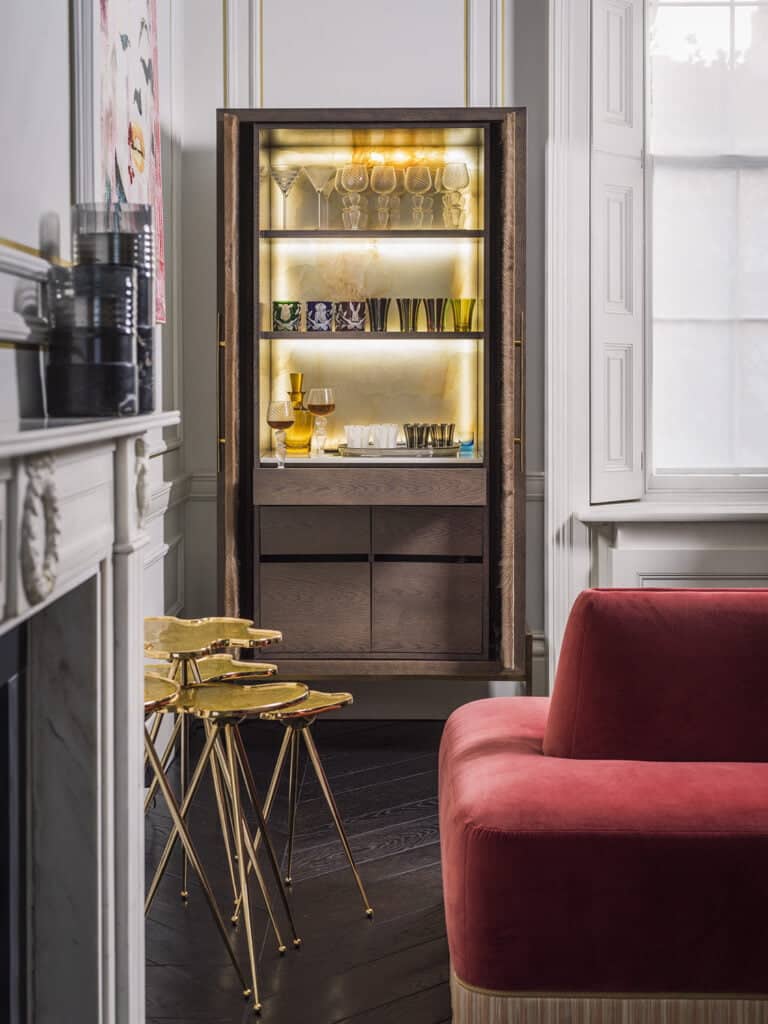
Using LED Lighting in Interior Design
Now you’ve got an insight into why LED lights are a first-choice solution amongst interior designers, take a look at how you can use LED lighting to enhance any space:
Showcase Features with LED Strips
LED strip lighting can be used to illuminate a specific area in a subtle yet noticeable way. If you want to showcase a particular feature, such as a drinks cabinet, carefully placed LED strip lights will draw your attention to the feature without being overpowering.
Use Mock Filaments for an Industrial Feel
Incandescent bulbs are well-suited to industrial interior design in terms of appearance, but you don’t have to settle for energy-zapping standard bulbs just to achieve your preferred look. Instead, choose LED bulbs with faux filaments that complement the industrial style but deliver all the benefits of LED lights.
Experiment with Lumens
Replacing incandescent bulbs with LED bulbs is one of the easiest ways to improve the energy efficiency of your home, but don’t necessarily go for a like-for-like swap. Lumens refers to the amount of light emitted, which equates to the brightness of the bulbs. An LED bulb with a 400 Lumen rating is equivalent to a 40W incandescent bulb, for example. However, experiment with LED bulbs with different Lumen ratings to discover which works best with your chosen lighting fixtures.
Install LED Artwork
Lighting isn’t just a functional element of a home or workspace; it is a design feature in itself. When you use LED artwork in your interior designs, you can illuminate the space in an eye-catching way and enhance the overall environment.
Choose Hidden Lighting for Maximum Impact
Feature lighting can be a fabulous addition but, in some interiors, a more minimalist feel is preferred. If so, take advantage of small-size LEDs to add hidden lighting to the space. Recessed LEDs or strip lighting on top of cupboards or kitchen units can deliver stylish illumination without the need for large fixtures and fittings, for example.
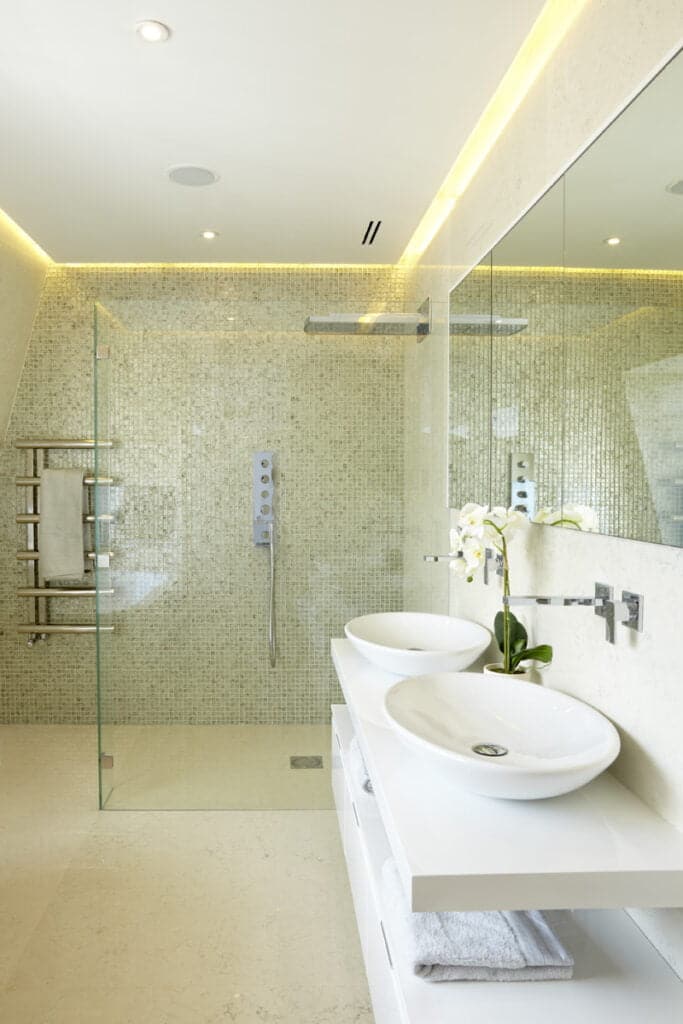
Illuminate Your Interiors Now
As LED lighting can be used in so many ways, it really can enhance any type of interior design. From classic styles to super-contemporary looks, you’ll find a range of LED lighting solutions that meet your needs. Whether you’re designing a bedroom, home office, bathroom or kitchen, LED lighting provides you with customisable design options that allow you to achieve any finish.
Related articles
Conversations on Design: Shalini Misra and Fabrizio Cantoni
Shalini Misra & Fabrizio Cantoni from cc-tapis deep dive into the cultural significance of stepwells, the creative process, and the intricate production methods that give each piece its unique soulful character.
Elevate Your Home: The Impact of a Sophisticated Staircase
We’re so thrilled to launch the Shakti Design Residency in India, a new annual initiative to support emerging international design talent.
An Exclusive New Rug Collection Inspired by the Stepwells of India
For our first exclusive rug collection produced by cc-tapis, Shalini Misra looked to the thousands of stepwells in India for inspiration.
6 Interior Design Tips to Boost Wellbeing All Year Round
Humankind has known for aeons that light, fresh air, nature and calm are all essential to help life thrive.


